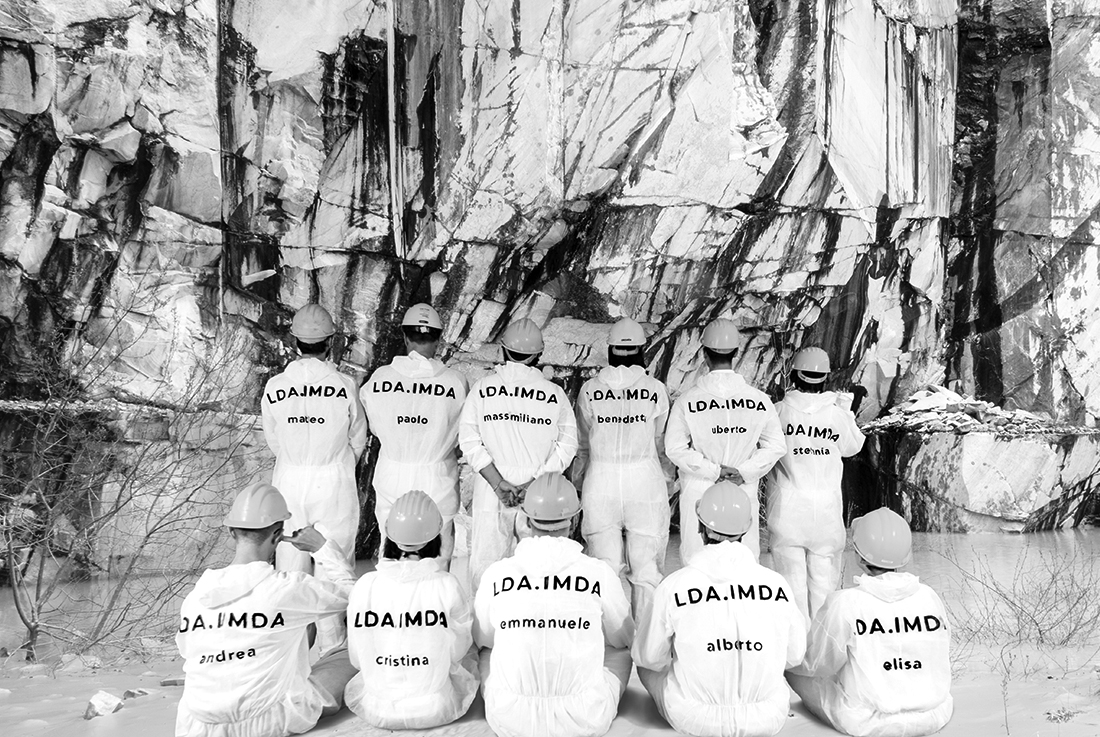Italian architecture has a great history both in ancient and in modern period.
Luckily we have been the fortunate witnesses of the most important artistic phenomena in the world:
- the Romanesque, with churches and convents;
- the marvelous Renaissance;
- the Avant-Garde of the early twentieth century, just to mention only a few periods of art history.
Contemporary architectural culture, especially in the peripheral territories of big italian cities, suffered this great heritage as an overwhelming phatological syndrome, inhibiting sometimes the emergence of new or simple empirical research. It made this with the institutions and the dominance of a very severe culture.
We move on a delicate balance border, that sees two sides: the refined academic world on one and on the other experimentalism that is constantly ignored even if wons international awards and prizes.
Renzo Piano, maybe the most important Italian architect, fully represents this situation.
Italian architecture is also competitive in international contest, maybe it is no longer some self-refering architecture research, which moves freely and is called inclusiveness.
June 12, 2020



